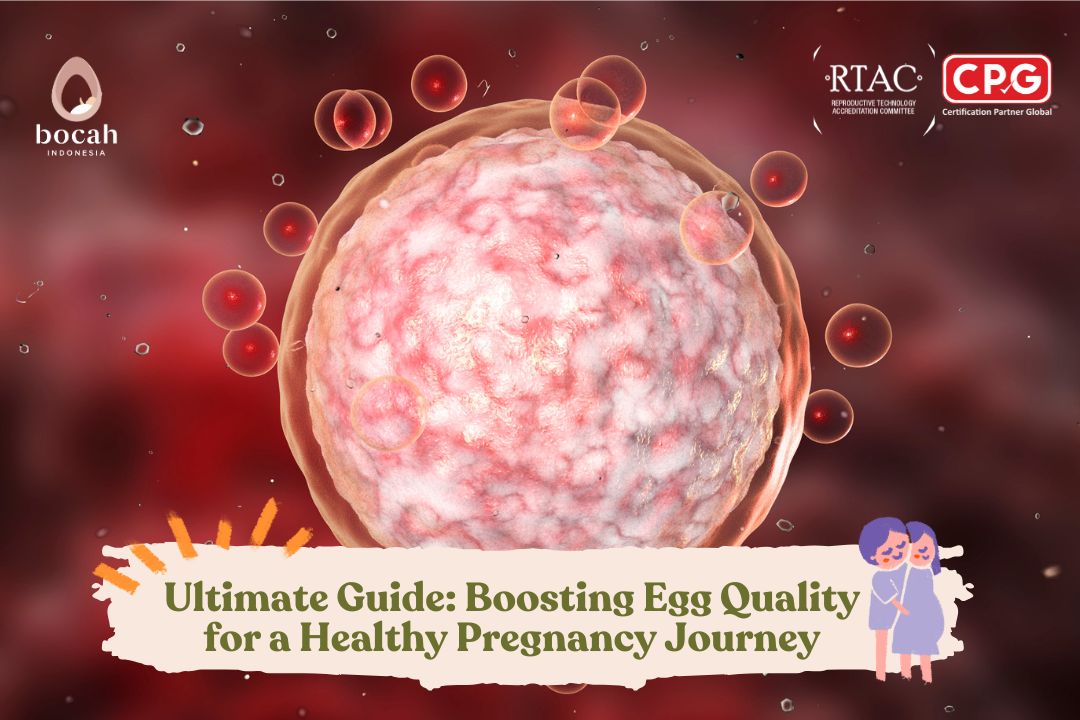Uterine Examination Before Pregnancy: 5 Benefits and How to Do It

A uterine examination (or uterine check-up) is a medical procedure used to evaluate the health of a woman’s reproductive organs—including the uterus, ovaries, and fallopian tubes—to ensure that the body is ready for conception.
This procedure helps detect abnormalities such as ovarian cysts, fibroids, adhesions, or blocked fallopian tubes, which often show no symptoms. Common diagnostic methods include Transvaginal Ultrasound (USG), Hysterosalpingography (HSG), Hysteroscopy, and hormonal tests.
Why Is a Uterine Check Important Before Pregnancy?
A uterine check is a crucial first step to ensure that the reproductive organs are in optimal condition. For women planning to conceive, this examination helps detect potential fertility issues early and increases the chances of a successful pregnancy.
5 Key Benefits of a Uterine Check Before Starting a Pregnancy Program
1. Assessing the Overall Health of Reproductive Organs
Through a uterine examination, doctors can assess the condition of the uterus, endometrium, ovaries, and fallopian tubes comprehensively.
This procedure ensures there are no structural abnormalities such as polyps, fibroids, or cysts that could hinder conception.
2. Detecting Asymptomatic Disorders
Reproductive disorders such as ovarian cysts, pelvic inflammatory disease (PID), or tubal blockage often cause no visible symptoms. Early detection through examination allows these conditions to be treated promptly, preventing fertility complications.
Tanya Mincah tentang Promil?
3. Evaluating the Quantity and Quality of Egg Cells
Ultrasound and hormonal tests can assess ovarian reserve—the number and quality of eggs available.
-
Low egg count → may reduce the chance of pregnancy.
-
High egg count with small follicles → may indicate Polycystic Ovarian Syndrome (PCOS).
4. Ensuring Optimal Endometrial Thickness
A healthy uterine lining (endometrium) is essential for embryo implantation. Ultrasound scans help doctors determine whether the lining is too thin or too thick, both of which can interfere with implantation.
5. Preparing for a Healthy and Optimal Pregnancy
Based on examination results, doctors can recommend appropriate therapies or interventions. This helps women prepare physically and mentally for a healthy pregnancy.
Common Medical Procedures for Uterine Examination
Below are the most frequently recommended medical procedures to assess uterine health before pregnancy:
1. Ultrasound (USG – Ultrasonography)
Uses sound waves to visualize the uterus and ovaries.
-
Transabdominal Ultrasound: Conducted externally on the abdomen.
-
Transvaginal Ultrasound: Conducted through the vagina for more detailed imaging to detect cysts, fibroids, or endometrial thickness.
2. Hysterosalpingography (HSG)
A radiological procedure that uses X-rays and contrast dye to examine the shape of the uterus and fallopian tubes.
-
Purpose: To check for tubal blockages.
-
Experience: Some women feel mild cramps similar to menstrual pain. Doctors usually provide pain relief before the procedure.
3. Hysteroscopy
A minimally invasive procedure using a small camera (hysteroscope) inserted into the uterus to view the uterine cavity directly.
-
Purpose: Detects polyps, fibroids, or uterine malformations.
-
Advantage: The doctor can remove abnormal tissue or perform a biopsy during the same procedure.
4. Laparoscopy
A minimally invasive surgical technique involving a small incision in the abdomen through which a camera is inserted.
-
Purpose: Detects endometriosis, ovarian cysts, or adhesions.
-
Advantage: Allows both diagnosis and treatment within the same procedure.
5. Hormonal Blood Tests
Evaluates the balance of key reproductive hormones:
-
Estrogen & Progesterone: Indicate ovulation status.
-
FSH (Follicle-Stimulating Hormone) and LH (Luteinizing Hormone): Measure ovarian reserve and function.
-
Thyroid Hormones: Because thyroid disorders can interfere with fertility.
Best Time to Undergo a Uterine Examination
| Type of Examination | Ideal Time | Purpose |
|---|---|---|
| Transvaginal Ultrasound | Day 5–10 of menstrual cycle | To assess ovaries and uterus post-menstruation |
| Hysterosalpingography (HSG) | Day 9–12 of cycle | To avoid pregnancy risk and improve accuracy |
| Hysteroscopy | After menstruation ends | To examine uterine lining when it’s thinnest |
Note: If you experience pelvic pain, irregular cycles, or have difficulty conceiving after one year of marriage, it’s recommended to undergo a uterine examination as soon as possible.
Signs of a Healthy vs. Unhealthy Uterus
Healthy Uterus:
-
Regular menstrual cycles
-
No severe menstrual pain
-
No abnormal bleeding between cycles
Unhealthy Uterus Indicators:
-
Irregular or painful menstruation
-
Difficulty conceiving or recurrent miscarriage
-
Pain during intercourse
-
Abnormal vaginal discharge (foul odor, yellow or green color)
-
Feeling of fullness or lumps in the abdomen (possible fibroids or cysts)
When to See a Doctor
If any of the above symptoms occur, consult an obstetrician-gynecologist (OB-GYN) for a thorough evaluation.
Early detection and treatment can increase the success rate of pregnancy programs and prevent long-term reproductive complications.










